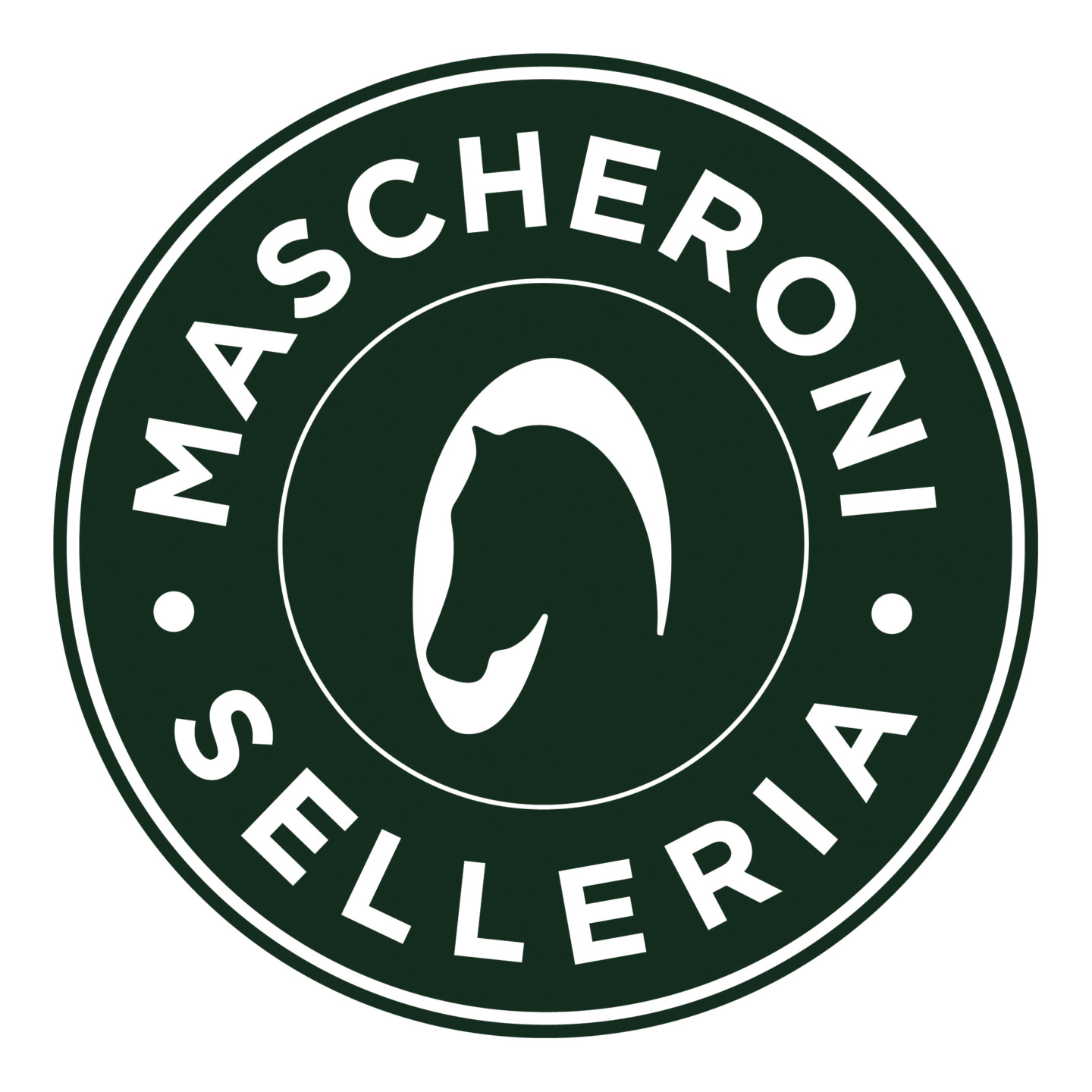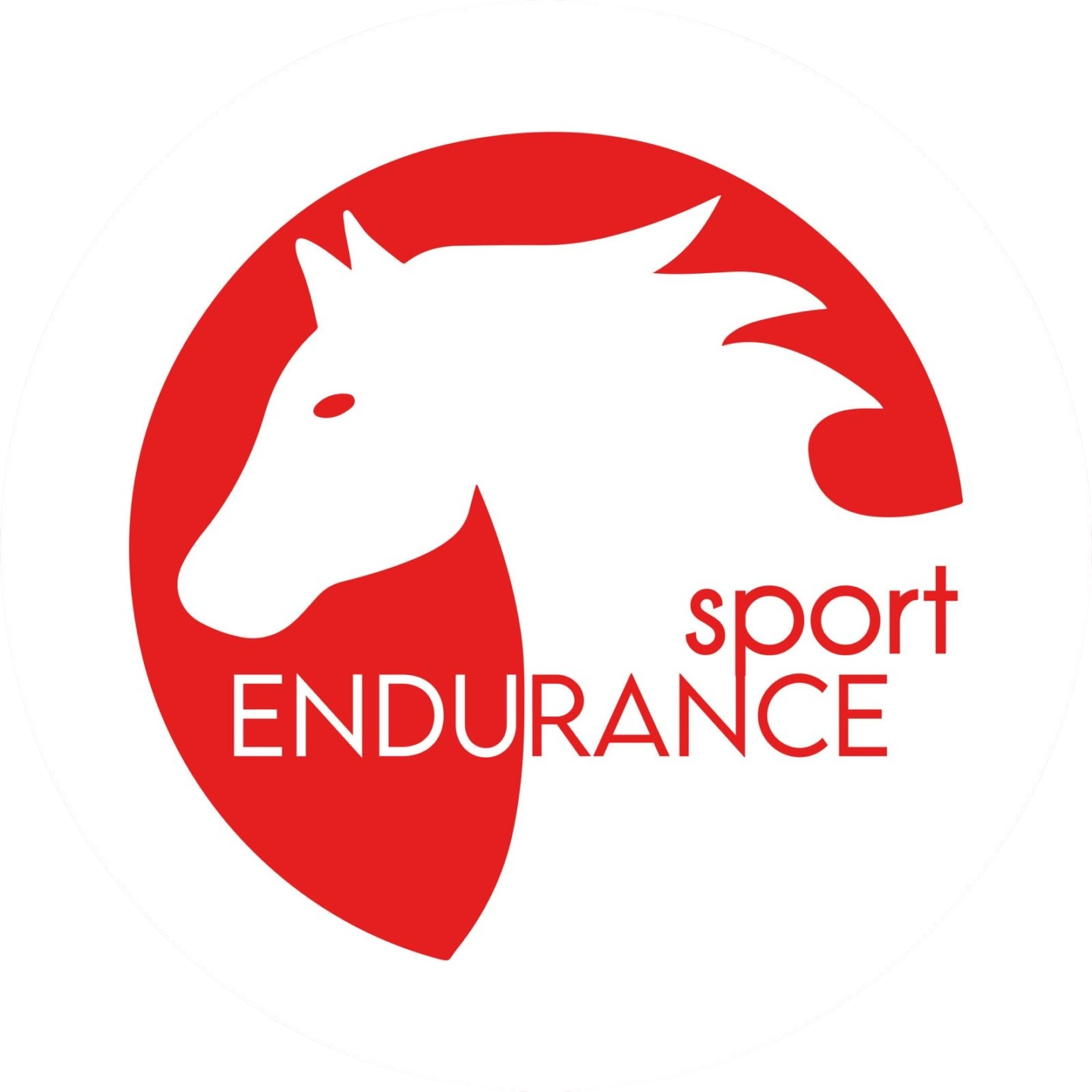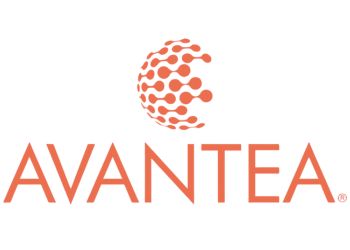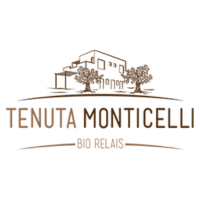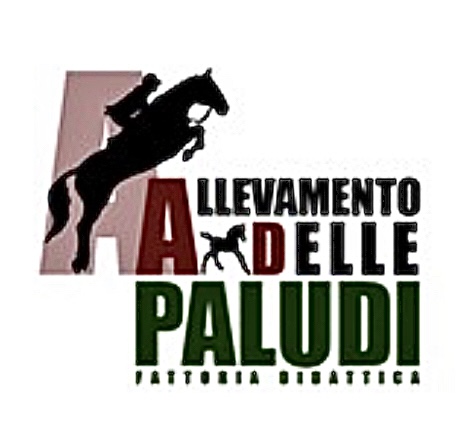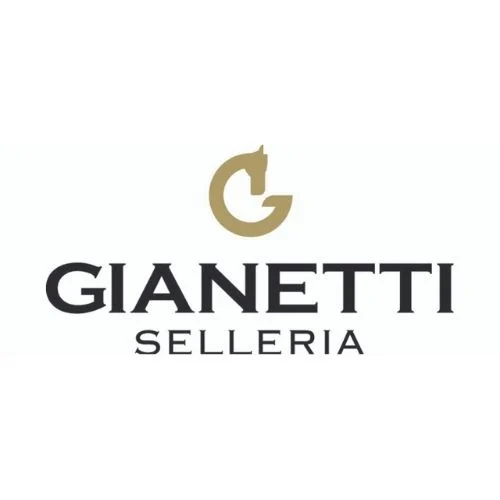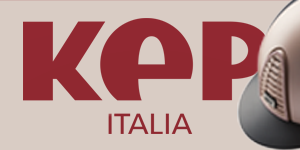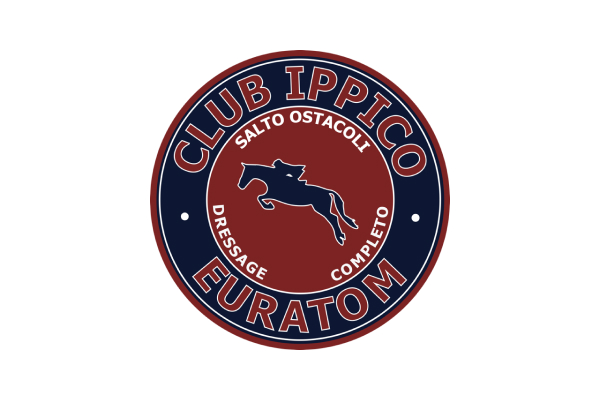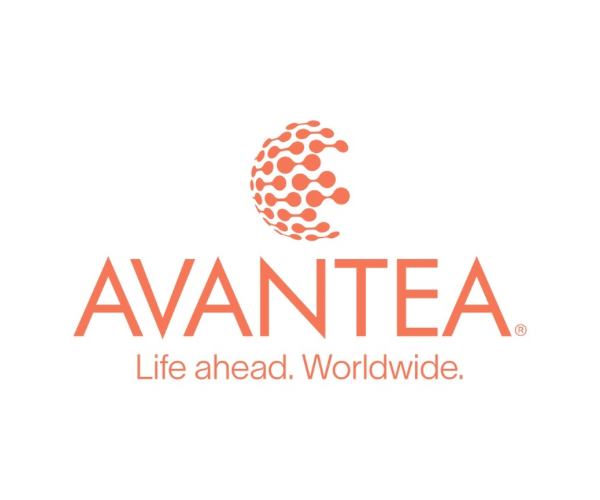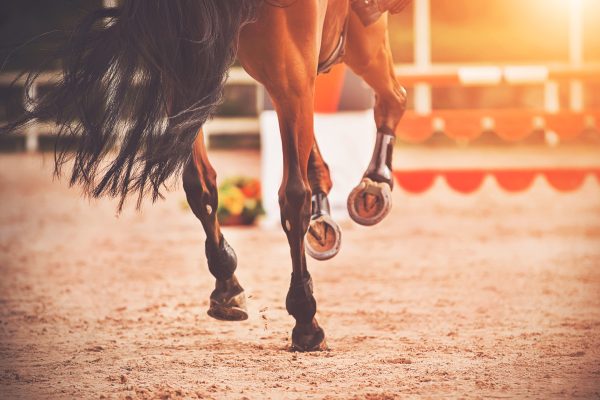
Regenerative therapies for horses: what are hey and how do they work
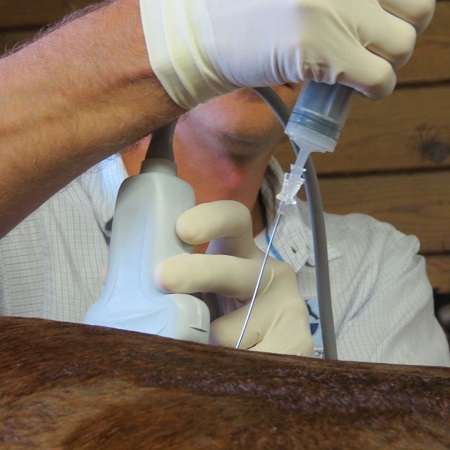
As horses continue to get faster, stronger and more powerful keeping them in full health is a constantly evolving challenge, requiring the most advanced and precise diagnostic systems.
One team of vets at the Palm Beach Equestrian Center in Wellington is working tirelessly to develop the most sophisticated systems and treatments. Among the most popular resources in recent years are tissue regeneration treatments (eg the PRP and the IRAP) which are used, to a great degree of success, in treating injuries.
Platelets are the main actors in the regenerative process; the process requires vets to take a sample of blood from the horse in need of treatment which is then put in a purpose-built high-speed centrifuge to concentrate the platelets. The resulting compound is then injected, with the aid of ultrasounds, into the damaged tissue.
The amount of blood needed varies from 60 to 180 ml, and after the treatment, the concentration of platelets in the blood increases 5 to 8 times compared to a normal sample of blood. The injection of treated blood prompts tissue regeneration and results in a faster and more efficient healing process. A simple power-up to a normal biological process.
On the other hand, the IRAP treatment is mainly used to treat athletes who have suffered musculus-skeletal injuries, osteoarthritis or are suffering from degenerative joint disease.
Joint trauma causes the release of inflammatory enzymes. The IRAP therapy uses an anti-inflammatory protein which is already present in the subjects white-blood cells to counter the destructive effects and slow down the osteoarthritis process which often affects competitive horses due to the heavy impact on the joints.
A third therapy available at the centre is the MediVet Autologus Conditioned Serum (ACS). It was developed by MediVet Equine, a company specialized in the production of preventive and regenerative therapies for horses. This technology is used to block and end tissue-destroying inflammation.
It is an evolved and more complete version of the IRAP, and unlike the base treatment which uses one protein to trigger the regenerative process, the ACS uses a number of proteins resulting in a more effective anti-inflammatory process.
The goal of each of these treatments is to preserve and lengthen the health and physical integrity of horses, especially competitive ones whose advanced breeding techniques have led to longer living, more powerful horses.
Press Release Jump Media
Photo courtesy of PBEC




.png)



